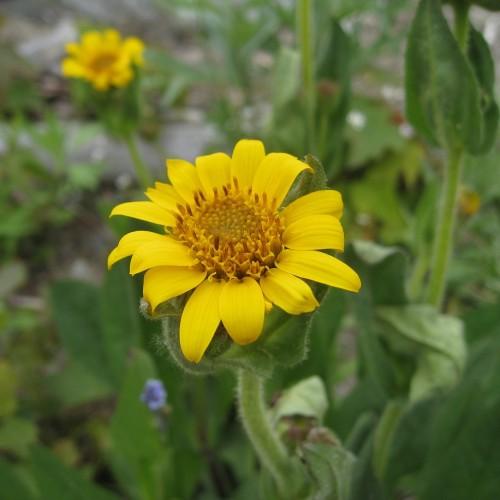
Carey's Balsamroot
Balsamorhiza careyana
Watering:
Minimal
Hardiness Zone:
Sun:
full sun,part shade
Leaf:
Yes
Growth Rate:
Low
Drought Tolerant:
Yes
Care Level:
Medium
watering
Black Horehound thrives in well-draining soil and requires regular watering. It thrives in full sun and likes temperatures between 60-75°F. Water the plant deeply and thoroughly but not too often. Allow the soil to dry out between waterings, watering approximately once every 7-10 days. In especially hot or dry conditions, water the plant more frequently, up to every 3-4 days. During the winter, allow the soil to dry out completely and reduce watering to once every 10-14 days.
sunlight
Black Horehound (Ballota nigra) prefers bright sunlight or partial shade. When grown outdoors, a minimum of 6 hours of direct sunlight is ideal for optimal growth and flowering. For best results, aim to provide the plant with at least 6 hours of sunlight a day, though more is better. When grown indoors, the plant should be placed in a south-facing window that receives plenty of sunlight throughout the day. Keep in mind that all plants need a period of darkness in order to rest, so try to avoid placing the Black Horehound in an area with a bright light source that is constantly on.
pruning
Black Horehound requires minimal pruning, but may need occasional trimming to promote more vigorous growth. Generally, prune in late spring once flowering is finished. Cut away any dead, damaged, or diseased branches. You can also selectively prune back any branches that are too long or are overcrowding the stem or growing in an awkward direction. Use sharp, clean pruning shears and cut back the branches at the desired length. The final shape of the Black Horehound is determined by pruning. Trim off any remaining flower parts and deadheading, as necessary.
